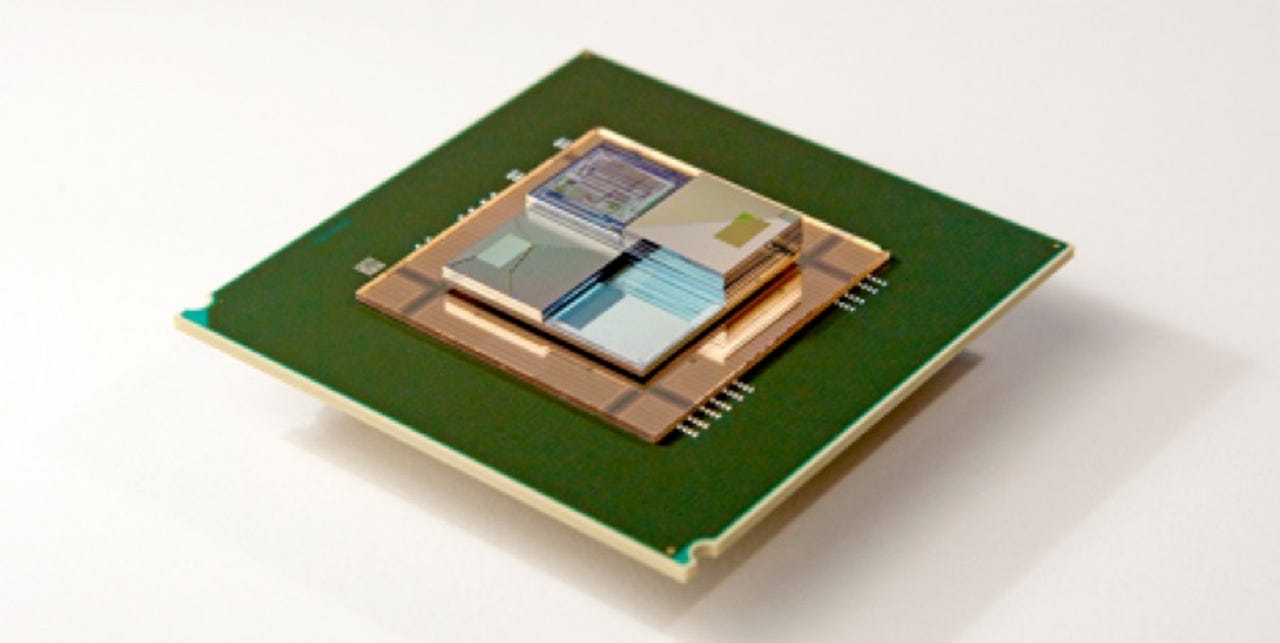'Redox flow' batteries simultaneously cool and power chips


Researchers at ETH Zurich and IBM Research Zurich have built a new type of tiny redox flow battery that will supply tightly packed electronic components with energy, while also dissipating the heat they produce.
Must read: Build a high-performance $2,200 AMD Ryzen 7 PC
The redox flow battery is only 1.5mm thick and would allow computer chip stacks (where a stack consists of individual chips stacked on top of each other to save space and energy) to be supplied with electrical power and cooled at the same time by such integrated flow batteries.
Stacks would see the thin redox battery micro-cell being placed between the chips, with the cells handling both powering and cooling the chip.
"The chips are effectively operated with a liquid fuel and produce their own electricity," says Dimos Poulikakos, professor of Thermodynamics at ETH Zurich.
The new micro-battery also reaches a record-high in terms of output for its size, producing 1.4 watts per square centimetre of battery surface. Even after taking into account the power needed to pump the liquid electrolytes to the battery, the cell still produced a net output of 1 watt per square centimetre.
"We are the first scientists to build such a small flow battery so as to combine energy supply and cooling," says Julian Marschewski, a doctoral student in Poulikakos' group.
According to the scientists, the biggest challenge of building the micro redox flow batteries was to build them in such a way that allowed the electrolytes to flow as efficiently as possible while simultaneously keeping the pumping power as low as possible.
Marschewski and his colleagues turned to 3D-printing technology to solve the problem, building a polymer channel system to press the electrolyte liquid into the porous electrode layer as efficiently as possible.
Build a high-performance $2,200 AMD Ryzen 7 PC
See also:
- Seagate 12TB Enterprise Capacity hard drive pushes 42U rack capacity to 10PB
- iPhone 8 may not have the killer feature we've been hoping for
- Your next iPhone could easily cost over $1,000
- Kingston's 2TB 'world's highest capacity USB flash drive' costs almost as much as a MacBook Pro
- Intel should be very worried about AMD's Ryzen 7 processors
VIDEO: Qualcomm's chips will hook into Google's Android Things